Jasmine Birtles
Your money-making expert. Financial journalist, TV and radio personality.

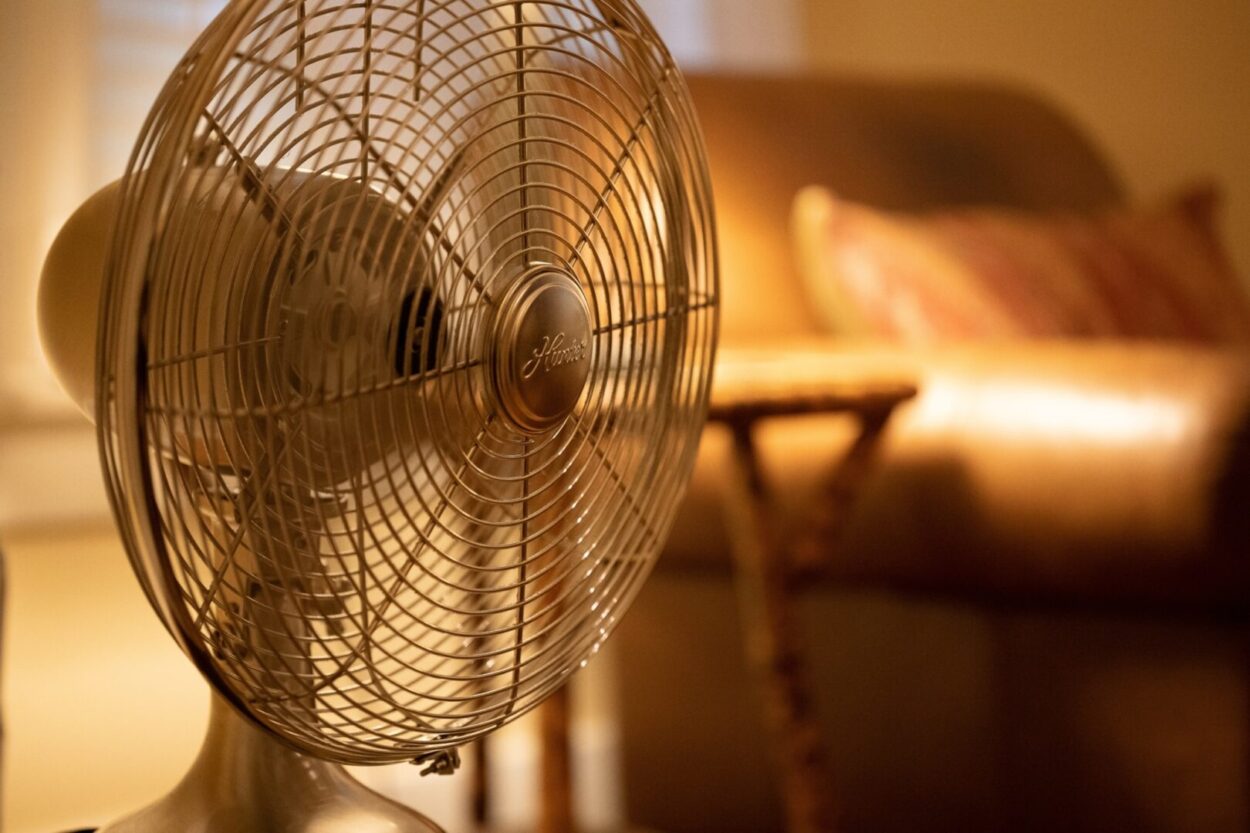
Cost efficient cooling: at the moment we are all still reeling from the expensive cost of energy . You might have some credit built up in your account (which you can claim back), but for many of us the idea of cheaper summer electricity bills goes out the open window when we have to factor in ways of staying cool in the heat. Most houses in the UK aren’t equipped with air conditioning units, and we don’t have the best insulation either. We’ve put together a list of ways you can stay cool in the summer heatwave (if we ever get one!) without worrying about rocketing energy bills as a result.
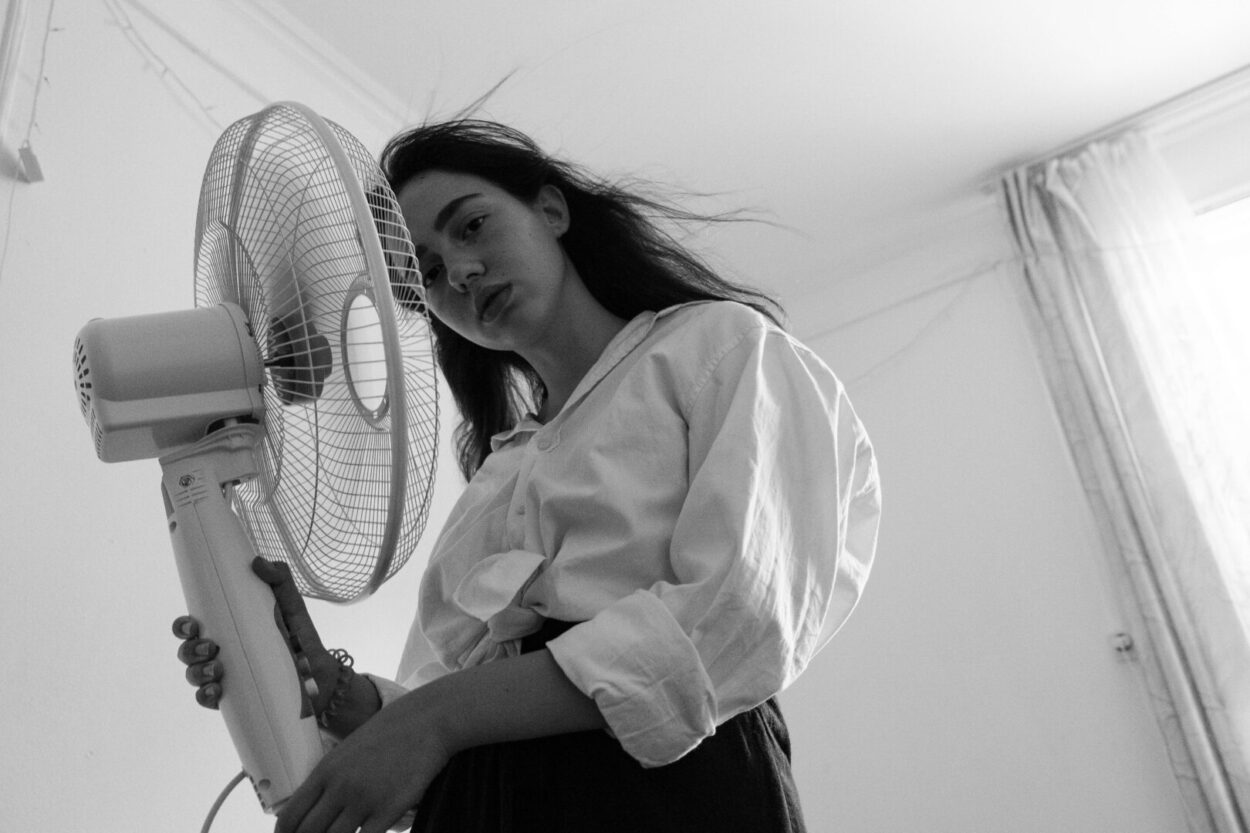
To start with, we need to look at the obvious. Fans are surprisingly energy-efficient, especially when compared to an electric air-conditioning unit. That however, does not mean they are affordable to many.
Multiply the cost of a unit of energy by the kW output of your fan and that will be how much it is costing to run your fan.
The Levoit Silent Tower Fan 20db is 26W, which would cost around 0.65p per hour – but it’s incredibly powerful for cooling an entire room.
AC motors always cost more to run so look for one with a DC motor. For example, the Bionaire ISF004 Desk Fan has “a DC motor that uses 63% less energy than a traditional fan. Copper motors can also help reduce energy loss by generating less heat.
A choice of more than one speed will help to reduce energy usage. Once the temperature is comfortable, turn it down to a lower setting. Look for models with remote controls to make this even easier.
Instead of having a fan on continuously, set the timer and select the amount of time your fan will run. Many models even have a sleep timer, like the Presto tower fan mentioned above.
All bladeless fans consume far less energy than their bladed counterpart. This is because their motor doesn’t have to manage the movement of large blades. They are, however, much more expensive to buy in the first place.
Fans don’t make a room cooler by themselves, they can only make you feel cooler by moving the air over your skin. If you’re leaving the room, switch the fan off. Once the temperature outside drops, opening a window allows cool air to be drawn into the room, so it could be worth running a fan an hour or so before you get into bed.
You could also choose a fan with an eco mode or a timer, like the Levoit Pedestal Quiet fan which includes temperature sensors for smart activation, only operating above a certain temperature to save money.
‘Letting in the sunlight on a bright day might seem the natural thing to do but this can create a greenhouse effect with up to 30% of unwanted heat gain from windows,’ says Evan Stevens, Head of Environmental Care at Dyson. ‘Keep the windows, curtains or shutters closed during the day to minimise the amount of sunlight entering the home.’
Pop a bowl of ice and cold water in front of the fan as opposed to turning it up. This creates small droplets of cold water to circulate, cooling your skin. Do not do this next to your computer or other electrical equipment.
As fans circulate air, they’re prone to picking up dust and other particles. Make sure they’re working as efficiently as possible by wiping down blades, cages and vents while they’re unplugged.
If running a fan isn’t possible this summer, we also want to suggest a cooling mat. I got one for my long-haired dog last summer and saw him go from panting to not panting within seconds of lying on one. Therefore, one awfully muggy night, when I felt like my feet were made of molten lava, I grabbed his mat and put my feet on it. I was asleep within ten minutes. Since then, I swear by this method. Although it doesn’t create a breeze, it brings your temperature right down. I wear it round my neck, sit on it, or on my back and feel noticeably cooler.
I have since found online that the pet ones are perfectly safe for human use, but they also exist for humans. Rock on! You can easily pick them up in places like B&M, the Range, and other homeware stores for as little as £5.
If you want something that really cools the air around you, rather than pushing hot air around, consider trying an air cooling unit or a portable air conditioner.
An air cooling unit draws warm air over cooling pads, releasing cool and lightly moist air back into the room. They’re ideal for those who find a normal fan dries their skin and nostrils out, and perfect for sleeping in a cool room, too. We’ve tried and tested the VonHaus 6L air cooler and love it. There’s a long cable to make it really portable, it’s quiet, and so easy to use.
For those who really struggle in warmer temperatures, particularly if you can’t sleep at night, a portable air conditioning unit can be a good way to keep cool in the summer. They are more expensive as an outlay and, yes, cost more to run per hour than a desk fan. However, the cooling effect is far more efficient, reducing the temperature of the air in the room overall. They also stop your skin, eyes, and nose from drying out unlike the forced air from a normal tower or desk fan.
Unlike a fan, you can set the room temperature you want with an air conditioning unit, to stay comfortable whatever the sun is doing outside. Some also have a dehumidifying mode, which helps prevent moisture from gathering in your home – ideal for those muggy, rainy, yet too-warm summer days we see quite a lot of each year.
 We particularly like the 9000BTU air conditioning unit for its portability, flexibility of modes including sleep timers, and the dehumidifying mode. It’s 2600 watts, so it costs 65p per hour to run. This is more expensive than other cooling options, but is ideal for those with families who need to keep cool, who struggle at night, or who work from home and need to concentrate instead of melt.
We particularly like the 9000BTU air conditioning unit for its portability, flexibility of modes including sleep timers, and the dehumidifying mode. It’s 2600 watts, so it costs 65p per hour to run. This is more expensive than other cooling options, but is ideal for those with families who need to keep cool, who struggle at night, or who work from home and need to concentrate instead of melt.

In my twenties I lived in Madrid. There was no AC in mine or my friend’s flats, so we were left getting quite creative in 40 degree, very dry heat. I then noticed that on the Metro, Spanish people genuinely do use those handheld fans seen in every picture of Spain since the seventies. As a kid, my mum had always told me that fanning myself actually increases heat as I am physically exerting.
So, why in this insane heat, were people, who were used to such things, fanning themselves?
Truth is, the method is all in the wrist, use very small flicks and don’t use your whole arm. Guess what: it works! Korean people also have a tradition of handheld fans. Both Spain and Korea live in extreme heat, so there is clearly something in this tradition for it to survive so long. The great thing about a handheld fan is that it doesn’t rely on electricity or batteries, and will fit in any bag, so you can make sure you take it everywhere with you.
Purifiers are an excellent way to ensure that your home is not only cool but monitoring and eliminating potentially harmful pollutants around the house.
The Levoit Core 300S Smart Air Purifier offers a first defence against dust, pet fur, lint; The second defence HEPA filter trap airborne particles such as pollen, pet dander. The last defence activated carbon stage can effectively filter out unpleasant smoke and odours. 3-Stage defences protect your each breathes
The effective purifier area of Core 300S can meet the needs of most families. The purifier can cover 50 m² twice per hour and 100 m² once per hour. 360°air intake design, all-around air purification. It’s perfect for bedrooms, living rooms and offices. 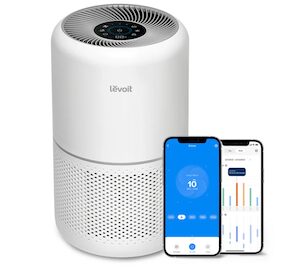
Simply ask Alexa or Google Assistant to control the air purifier when your hands are full. The free VeSync app also allows you to customize some preset like schedules. Not sure which gear to use? Click the automatic mode, let Core 300S automatically select the most needed mode according to your air quality. When you switch it to high fan speed, it can cools down your room in the summer and brings you comfort.
Natede Smart is a natural and sustainable air purifier with monitoring system that uses the power of plants and nano-materials to remove indoor air pollution.

Unlike other air purifiers, it doesn’t collect toxic agents inside the filter but it eliminates them in a safe way, purifying the air of 15-20 m² in less than 2 hours.
This natural air purifier is perfect for your home (living room, kitchen, bedroom), but also for your office, shop and more, to help you breathe new, clean air everywhere.
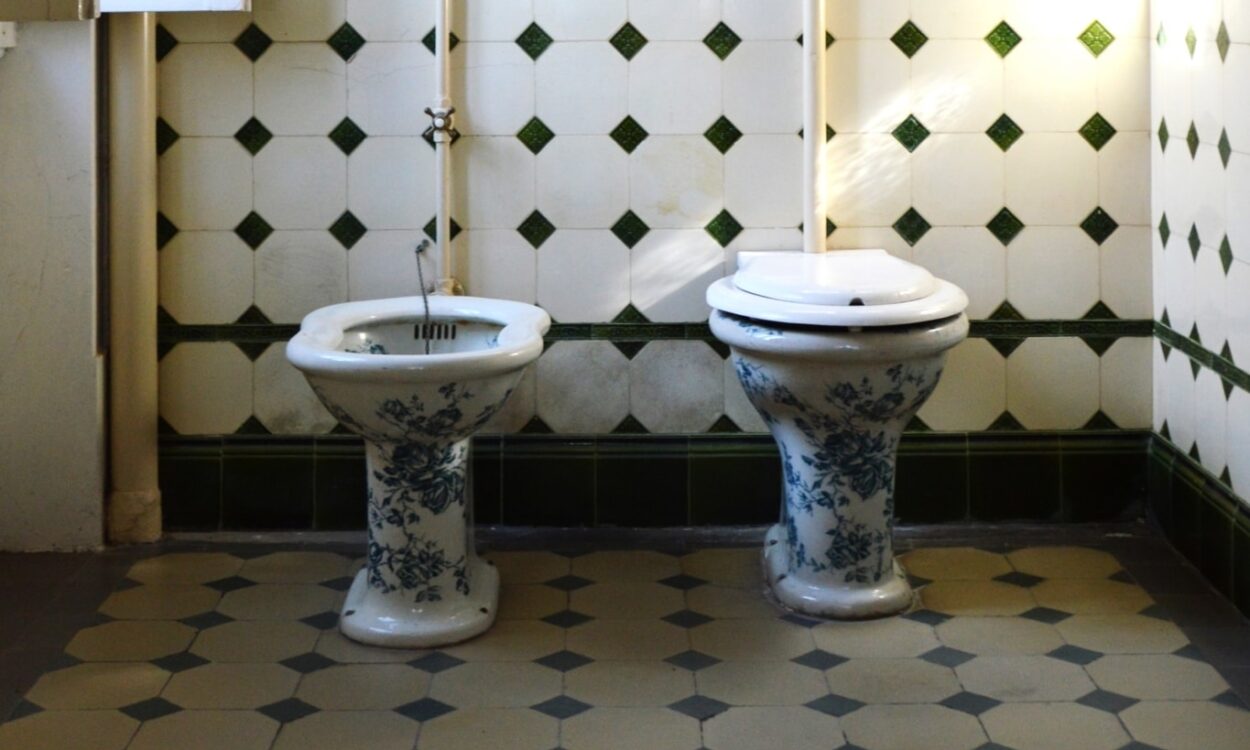
Another trick I learned in my time in Madrid sounds daft, but it honestly got me through one of the most uncomfortable summers of my life: it was to keep your nether regions cool. I wondered why so many modern flats still had bidets and was told that we retain a huge amount of body heat in our downstairs region. Therefore if we keep it cool there, it makes us feel cooler all over.
With this in mind, I invested in a postpartum cooling pad. I am not postpartum or recovering from surgery. However, there is a gel pad that you keep in the fridge or freezer that you then put in your pants. It is an absolute game changer.
Link here.
You could, also, use the cooling mat mentioned above and sit on that, too!
This sounds absolutely counter-intuitive, and possibly the last thing you fancy on a scorching day, but it honestly can be the difference between sleeping and not sleeping: have a warm bath before bed, As opposed to the cool showers and baths I see consistently recommended, run yourself a hotter bath. Make sure you have water as you don’t want to faint. But by immersing yourself in water that is hotter than out of the bath, when you get out you will feel cool. The effect won’t last for that long, so it is worth doing right before you try and sleep. The same can be said for hot tea and spicy food: both favoured in India, China and other hot countries, they suggest that heat actually cools you.
This is all well and good if you don’t have hayfever – and if you do I suggest you simply skip to the next paragraph – but leaving all your windows open at night and doors open to circulate allows the house’s core temperature to drop. Leaving your windows open at night is a great way to ensure fresh air, but also poses the biggest consideration, which is the safety and security of your home. If you leave your windows open, please be mindful of this.
Also if your lights are on and your curtains open, beware of moths and other beasties sneaking in. Remember to close your windows when you wake up in the morning, to stop the warmer air coming in.
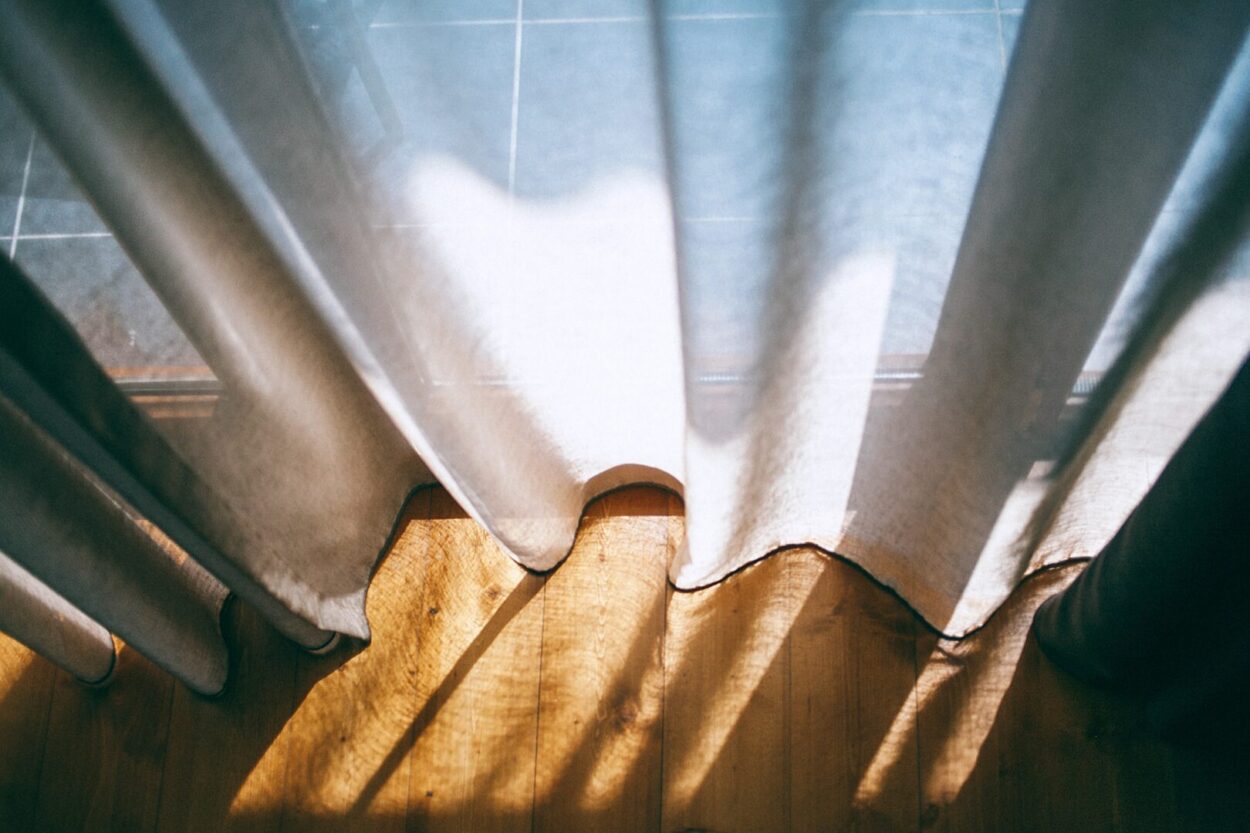
One last little tip is another one for when we are home and sure that our home is safe. It is to have your windows wide open and your curtains drawn. It means no direct sun creeps in, but the breeze can do its magic. The same can be said for closing doors in rooms that you are not using. Give those cool breezes a shot at doing their magic by not asking them to cover the whole house.
This applies in both the cold and hot weather, sadly. If your home has good insulation, the indoor temperature should be manageable, regardless of what is happening outside. MoneyMagpie have done a guide to cost effective insulation here.

A COMPILATION OF GOOD IDEAS FOR THE SUMMER!
KIND REGARDS,
TEODORA
23.6.2025
SOFIA
All good tips except the hot bath.
A tepid (_not_ cold) bath or shower works far better and costs less in heating water. Don’t knock it until you’ve tried it.
I do like this website full of useful tips and trick to make your money go further 🙂